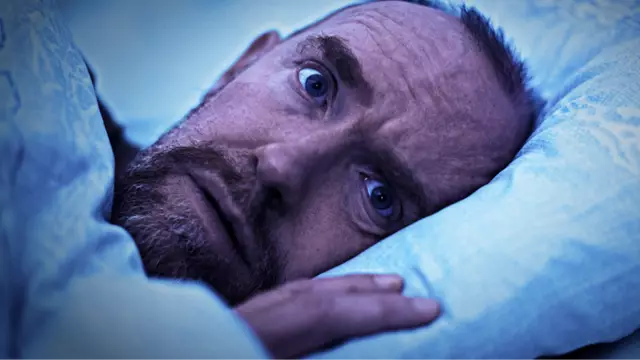A doctor has explained why people can make a certain noise when they’re just hours away from death.
There’s a particular noise our bodies will make if we’re just 24 hours away from dying, and that’s something known as a ‘death rattle’.
According to Healthline, this is ‘a crackling, wet sound that may accompany each breath’.
The site continues: “A death rattle is a distinctive sound that a person may make as they are coming to the end of their life and may no longer be able to swallow or cough effectively enough to clear their saliva.”
This may happen as person drifts in and out of consciousness and their breathing becomes more labored.
.jpg)
.jpg)
Someone nearing the end of their life may develop a ‘death rattle’ (Getty Stock Image)
Why does this happen?
Going into more detail as to why this occurs, former medical student, PhD candidate, and nuclear medicine resident Dr Paulien Moyaert said in a YouTube video: “This occurs because as consciousness decreases, patients lose their ability to swallow. Air moves these pooled secretions resulting in noising breathing.”
She added: “Some people say that the death rattle is the lungs’ attempt to breathe through a layer of saliva.”
While it looks quite distressing, apparently because the person making the noise is likely unconscious it means they won’t be in any pain.
Can you treat a death rattle?
“We often give drugs to try dry up the airways and soften the death rattle,” said Dr Moyaert. “But when we do it, it’s not for the dying person but for their family.”
The health expert further noted: “Repositioning the patient so that they’re turned to their side with their head slightly elevated may also help.”
Many viewers of the doctor’s video have thanked her for the explanation. One person said: “Thank you. I am alone with my dying mother right now and this helped me know that it is normal.”
A second wrote: “My friend is dying in Florida and her daughter is keeping me updated. She referenced a ‘death rattle’ in one of her updates and I wasn’t sure what that was. Thank you for explaining it.”
A third added: “Amazing, my father sounded just like this sample. Thank you Dr.”
Others said they wished they knew this information before their own loved ones died.
“Thank you for helping inform and educate people who are experiencing this with a loved one or who will eventually do so,” someone else commented. “I wish I had this information before my mom died. It was traumatic to hear as she had a very pronounced death rattle and it sounded like she was struggling to breath. the sound haunted me for months after she passed.”
If you have experienced a bereavement and would like to speak with someone in confidence, contact GrieveWell on (734) 975-0238, or email info@grievewell.com.
Featured Image Credit: Getty Images/RapidEye


A palliative care doctor has opened up about why adults and children tend to have a different experience of what they see before death.
You’ve probably heard of many people reporting seeing a tunnel or light during their near-death experiences.
However, palliative care doctor Christopher Kerr from Buffalo, New York, has since revealed what most people see before they die.
Dr Kerr began to research the dreams and visions people experience as they near the end of their lives after obtaining a Doctorate of Medicine and a PhD in Neurobiology.
And it turns out there’s quite a big difference in end-of-life experiences between adults and children, Dr Kerr finding this is because children have less of an understanding of death in general.
As a result, they often find comfort in their final days through imagination – while adults tend to experience visions or memories that help them come to peace with the life they’ve lived.
Kerr offered one example of such a vision during an interview on the Next Level Soul podcast, when he explained: “We had a guy who is in his 40s, who had spent most of his life in prison. He had drug addictions and he had had neck cancer
“He was dreaming, he was joking, he was very jovial… and then he starts crying because he’s having these horrible dreams [that] he’s being stabbed by all the people he’s hurt… and he breaks down.
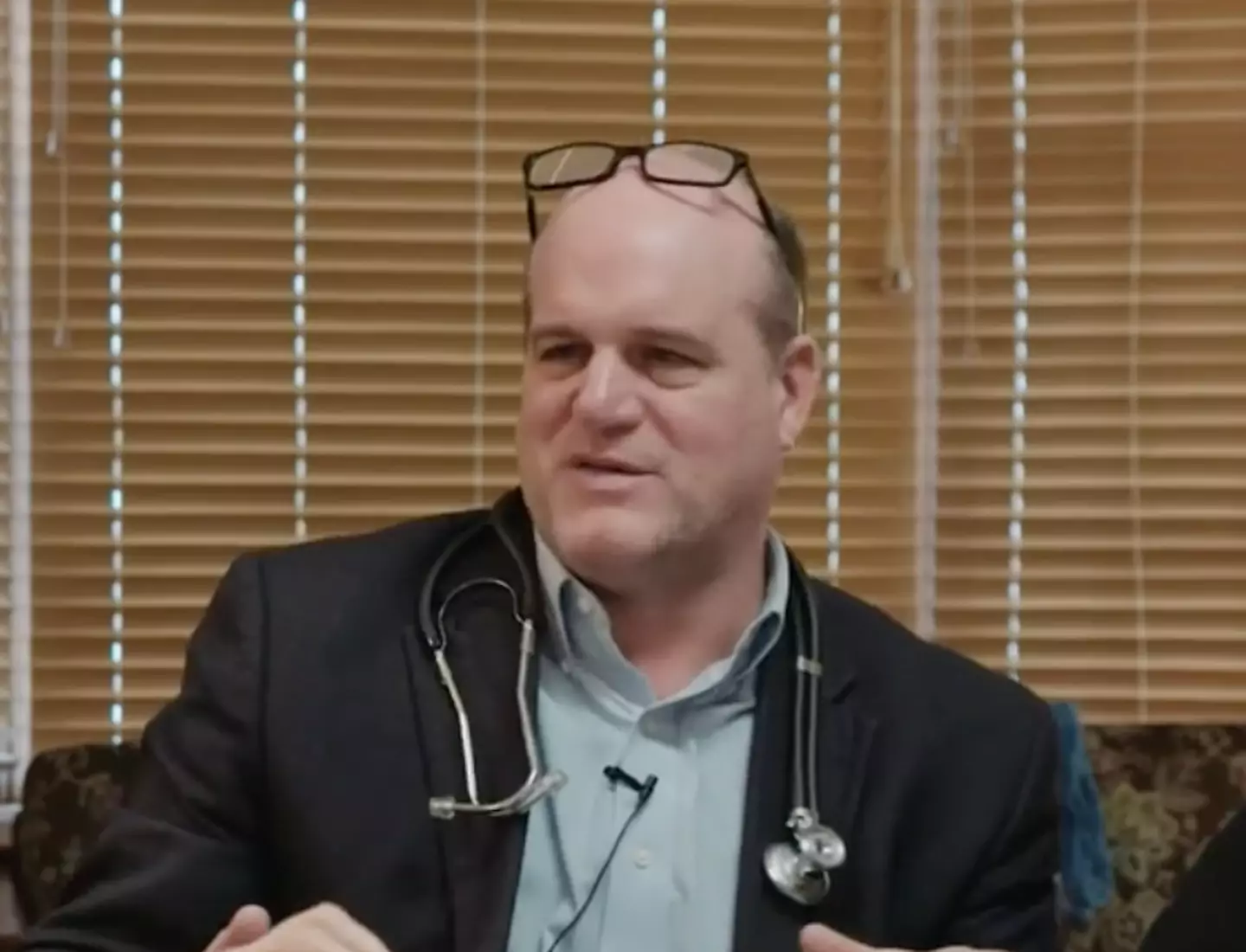

Christopher Kerr has been studying hospice patients for years (YouTube/Hospice & Palliative Care Buffalo)
“But then when he comes out of it, he asked to see a daughter that he wants to express his love towards, and apologize. And after that he died peacefully.”
Kerr doesn’t believe patients are ‘denying the bad things and the painful things’, but rather they’re able to ‘address them and use them in a way that’s very interesting.’
He backed his claim with another story of a patient who had been involved in the invasion of Normandy when he was a teenager, and had developed PTSD.
Kerr described the man having ‘horrific’ visions after he arrived at the hospice which prevented him from getting any rest.
“You can’t die really, unless you can sleep,” Kerr explained. “It’s pretty hard to do, because you just pass in sleep.”
When the patient did manage to sleep, he woke up and described a ‘great dream’ where he relived getting his discharge papers.


Dr. Kerr believes adults and children have different experiences (Luis Alvarez/Getty)
“A soldier who he didn’t know came up to him and said, “No, we’re going to come get you’,” Kerr said. After that, the man fell asleep and passed away.
“So that sense that he had abandoned people had gone full circle,” Kerr continued.
Children, on the other hand, may not know anyone who has died previously, and so often see animals who assure them they’re ‘not alone’, Kerr claimed.
“Children are creative and imaginative and can access that part of them,” he said.
By researching end-of-life experiences, Kerr hopes to improve the quality of hospice care in Buffalo and beyond.
Featured Image Credit: YouTube/Next Level Soul Podcast / Luis Alvarez/Getty


The parents of a set of conjoined twins, who were once given just 24 hours to live, have explained their decision not to separate them.
Mom and dad Chelsea and Nick Torres, from Blackfoot, Idaho, were left stunned when they learned in 2016 they were pregnant with conjoined twins.
Doctors warned the couple that their daughters would only have a five percent chance of living for more than a day – prompting the parents to face the tough decision of whether to go through with the pregnancy.
Speaking on the YouTube channel Truly, Nick admitted: “At the very very beginning we thought abortion for would be the best option.
“No one wants to carry their kids for nine months just to have them die.”
However, after considering their options, the parents decided to give birth to the little girls, though they didn’t want to get their hopes up and never bought any clothes for the newborns.
As a result, they were ‘vastly unprepared’ – though delighted – when the two little girls, Callie and Carter, defied the odds and managed to survive.


Callie and Carter have their own hearts and stomachs. (KTVB)
Seven years on, the two sisters are used to life as conjoined twins connected from the sternum down.
Both Callie and Carter have their own heart and stomach, but they share a liver, intestinal track, and bladder. Each twin can control two arms, and one leg.
While it is possible to separate conjoined twins, Chelsea explained the parents had no plans for Callie and Carter to undergo such an operation because it posed a number of risks.
“The only way we’d do it is if a health issues arises or if they wanted to be separated,” the mom explained. “We want them to understand the risks.”
For now, however, Chelsea has assured the twins are ‘happy in the skin that they’re in’.
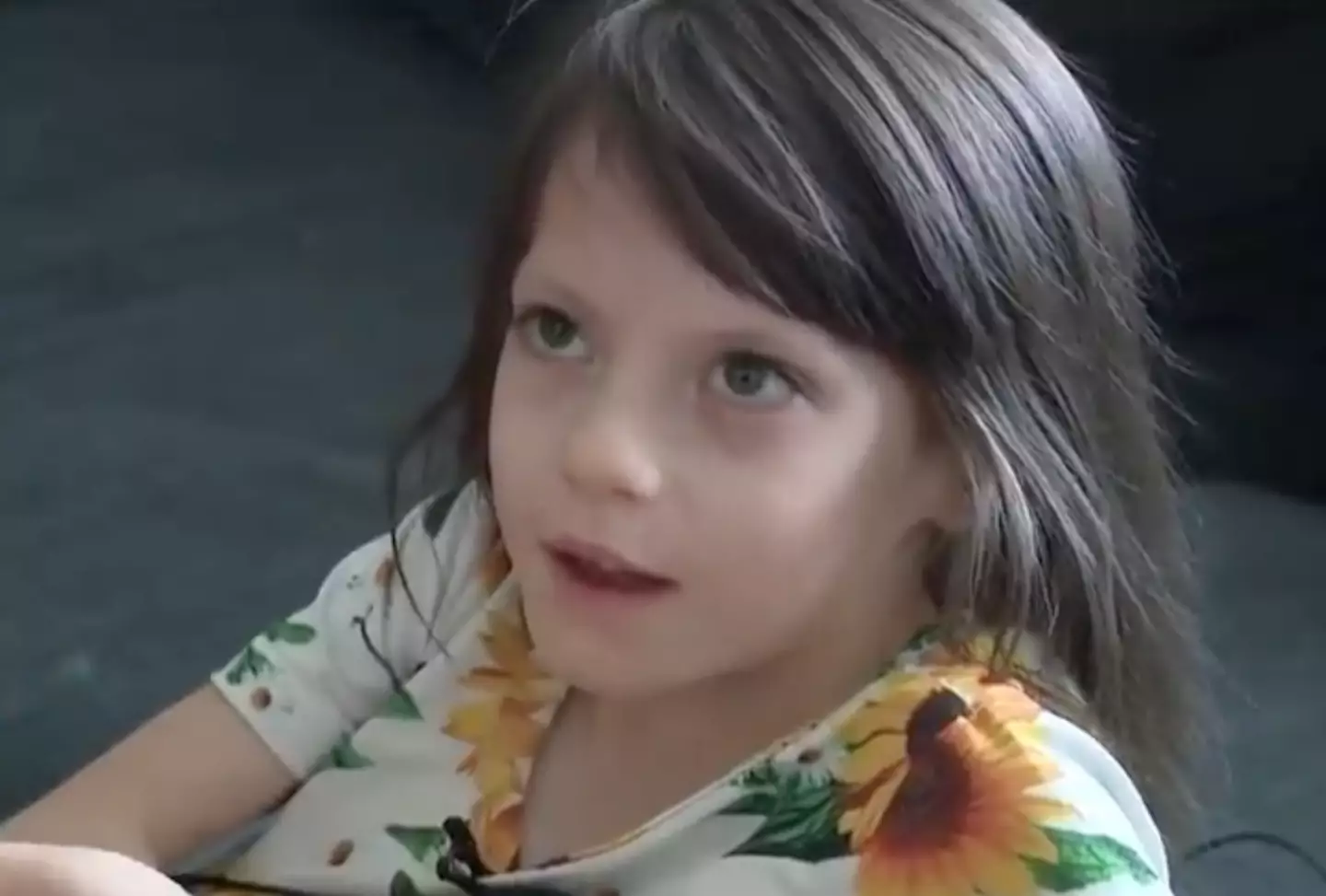

The twins have described themselves as ‘best friends’. (KTVB)
Nick added: “They are not afraid to do anything.”
Last year, Chelsea told the East Idaho News that she wants her daughters to ‘be treated like any other kids because they are’.
“I just want people to know that they are just two normal kids,” she said. “They are in an unusual circumstance, but just treat them normal.
“They are in school, they go to physical therapy, they do normal activities, they ride bikes.”
Callie and Carter, who use a wheelchair to get around, have recently finished first grade and told the publisher they ‘really like school a lot’.
“We have lots of friends,” Carter said.
Featured Image Credit: instagram/callieandcarterbeatodds


A urologist has lifted the lid on the rumors that are true and false about vasectomies.
It’s said that around half a million vasectomies are carried out each year in the US, and with women growing increasingly tired of bearing the burden of being the one to ensure that they don’t have an unwanted pregnancy, it’s likely this number is only going to increase.
Several famous faces have had the snip: from Dax Shepard to dad-of-six James Van Der Beek and Megan Fox‘s ex Brian Austin Green.
Austin Green welcomed his youngest child with fiancée Sharna Burgess in June 2022, after which the 51-year-old said he thought was a good time ‘close the shop’, as per Us Weekly.


Brian Austin Green is one of the many celebs to have had a vasectomy (Savion Washington/FilmMagic)
While vasectomies aren’t uncommon, there are still some rumors that might put someone off getting one, but urologist Dr. Jamin Brahmbhatt has come to rescue to put people’s minds at ease and debunk any myths.
What is a vasectomy?
Writing for CNN, Dr Jamin described the surgery as ‘typically a minor office-based procedure that requires minimal preparation’.
He continued to explain: “After numbing the scrotal skin with a local anesthetic, the urologist makes a small opening in the skin, often so small that no stitches or scalpels are needed. From there, the doctor will find the vas deferens — the tube that carries sperm (made in the testicle) from a tightly coiled duct called the epididymis to the urethra prior to ejaculation. The vas deferens feels a bit like a piece of cooked spaghetti.
“The tube is brought out through the small opening, cut, sealed or blocked, preventing sperm from mixing with semen. The procedure is done on both sides, on both vas deferens, in a similar fashion. The cut ends are placed back into the scrotum, and the openings may be sealed with skin glue. Then you can go home and rest.”
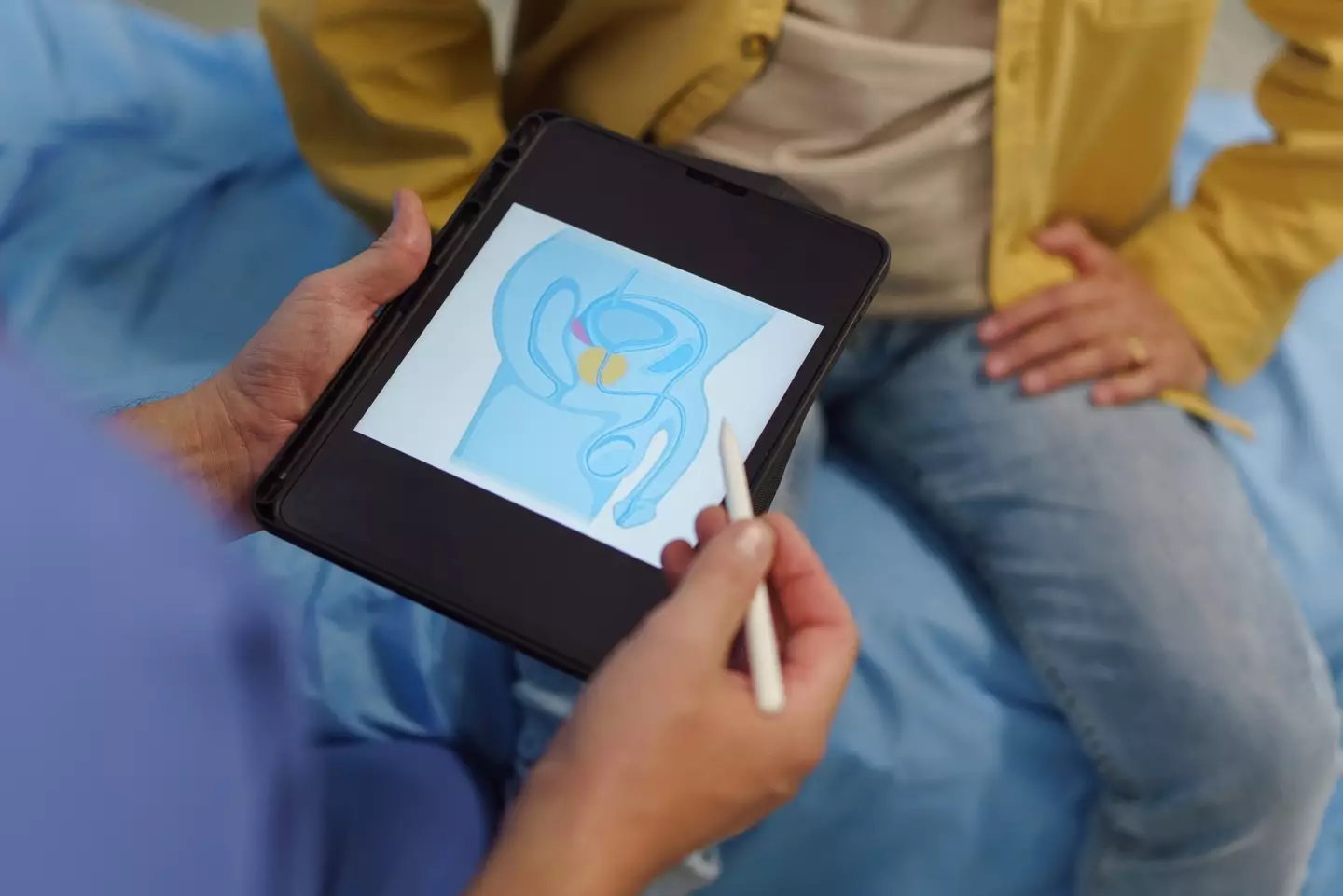

The healthcare professional said vasectomies are a ‘minor procedure’ (Getty Stock)
Myths about vasectomies
Dr Jamin addressed the idea that men who have had a vasectomy have lower testosterone levels, sex drive or sexual function, something he insists is not true.
He further noted that some couples actually have an improved sex life because they no longer have the fear of it resulting in an unwanted pregnancy.
Dr Jamin also said that a man still ejaculates as usual, but he’ll just ‘shoot blanks’ instead as the semen won’t contain any sperm.
Cost-wise, some fear that vasectomies aren’t covered by insurance — but Dr Jamin says otherwise.
He wrote: “Some men assume vasectomies are expensive or not covered by insurance, but most insurance plans fully or partially cover the procedure.
“Even if you’re paying out-of-pocket, the cost is often less than $1,000, though prices can range from $500 to $3,000 depending on your location and whether you opt for anaesthesia.”
In regards to childless men having the snip, Dr Jamin assured people that the procedure is reversible should someone later decide that they do want to become a parent.
He did note, however, that you shouldn’t have a vasectomy ‘assuming it’s temporary’ as reversal surgery is expensive and not always successful.
Featured Image Credit: Getty Stock Image
Topics: Health, News, Sex and Relationships
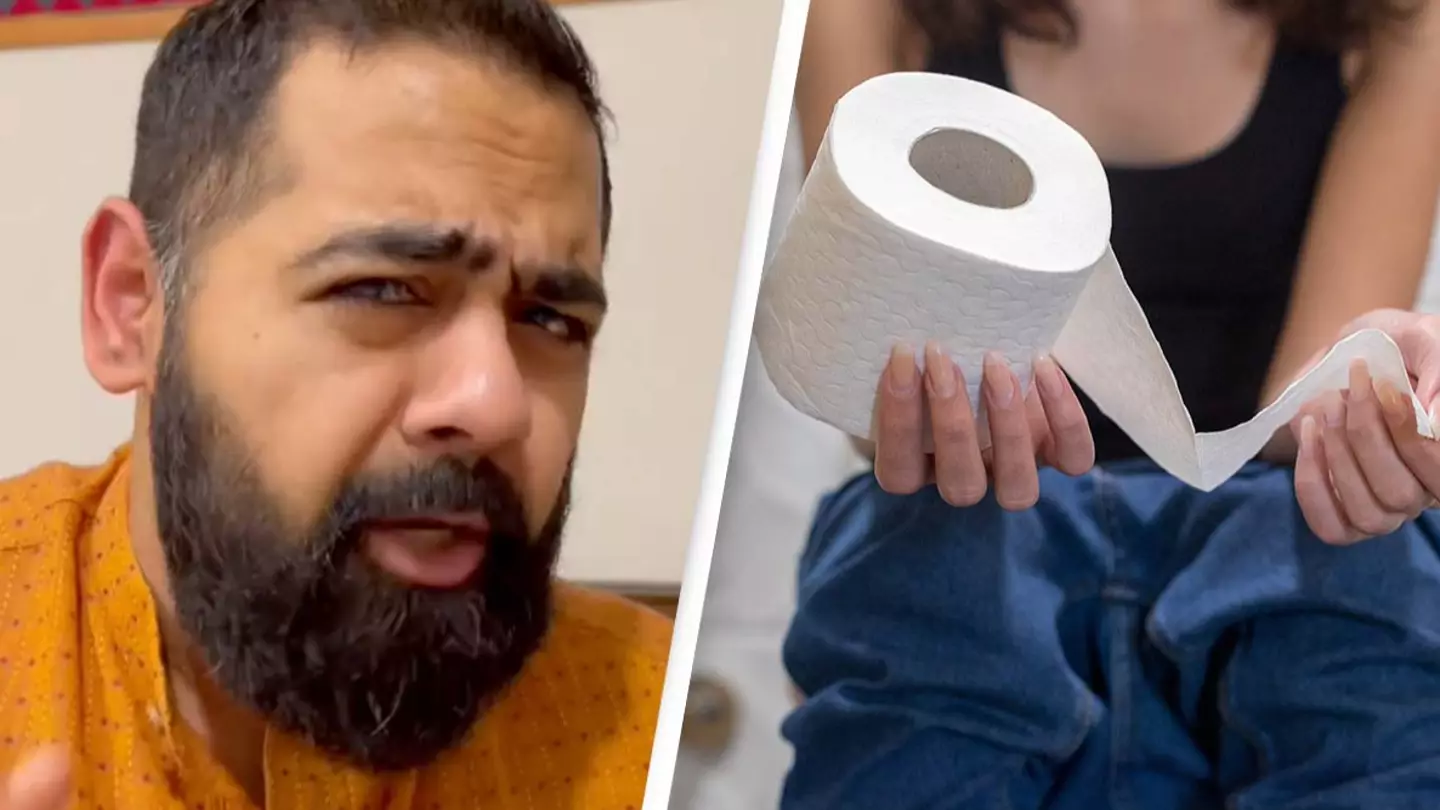

Apparently making animal noises while pooping could prove beneficial.
An expert has lifted the lid on the apparent hack and explained how and why it works; but before you start roaring at the top of your lungs while doing a number two, you should probably read on to learn exact which animal noise you should be making.
Dr. Karan Rajan, who boasts over five million followers on TikTok, explained the method in a clip posted to the video sharing platform last month.


A doctor has shared a hack to help people who struggle to poop (Getty Stock Images)
The healthcare expert stitched another person’s video who said that they started blowing bubbles into a drink while trying to poop which led them to having no issues with ‘constipation, haemorrhoids, fissures, bloating, trapped gas, and belly + pelvic pain’, which Dr. Karan then elaborated further on.
“I’m surprise this sin’t common knowledge,” he began. “If you’re struggling with constipation and straining, this is one pooping hack that actually works if you pretend to blow out bubbles or a candle.”
According to the doctor, this controls the ‘exhalation stage of breathing’, which then activates your vagus nerve.
As per Healthline, the vagus nerve is ‘responsible for various bodily functions, including digestion, heart rate, and breathing’, and is one of 12 cranial nerves in the body.
As well as blowing bubbles or pretending to blow out a candle, Dr. Karan explained that you could also make a ‘prolonged mooing noise’ to help you poop.
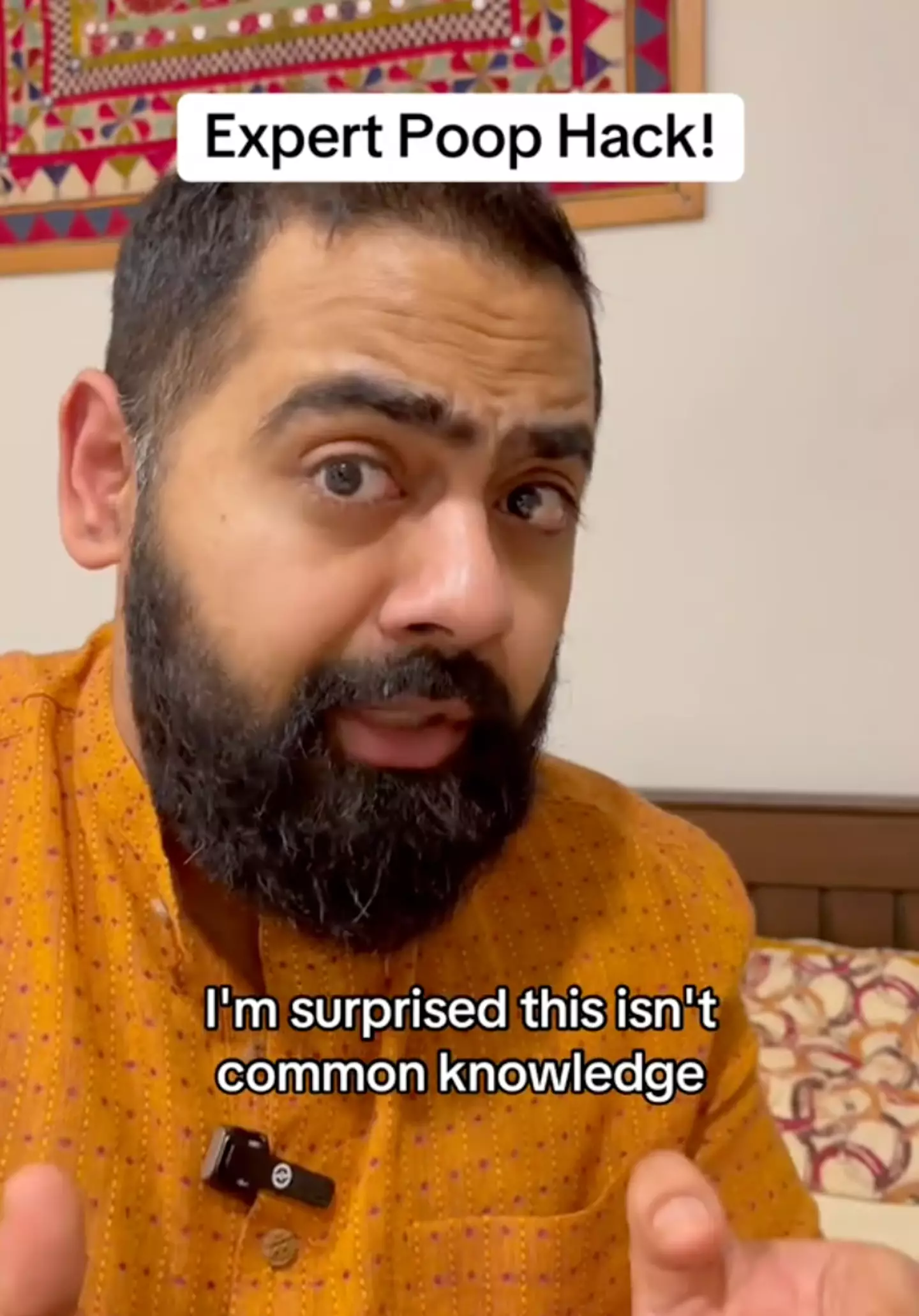

Dr. Karan said he thought more people would be away of the technique (dr.karanr/TikTok)
“The moo sound and blowing bubbles is a gentle form of Valsalva maneuver,” he said. “It mimics the same internal physics as squatting, but just with less pressure.”
Dr. Karan admitted that the pooping hacks look a bit silly, but insisted that they’re ‘actual diaphragmatic breathing techniques which strengthen your gut brain connection’.
He concluded the video: “Your rectum will thank you later when you don’t get haemorrhoids.”
People have since reacted to Dr. Karan’s informative video, and there’s been some downright hilarious replies.
“Tried the moo sound. Not a great option at the office bathrooms,” one person said, while another joked: “My parents about to hear Mongolian throat singing coming from the bathroom now.”
A different person commented: “My husband: why are you mooing in the bathroom?”
“Imagine making Mooing sounds in a public toilet then walking out trying to keep a straight face,” pointed out someone else.
Another person questioned: “Does this mean that for example clarinet players never get constipated?”
Elsewhere, others said that they had tried the hack for themselves and confirmed that it works.
You learn something new every day, folks.
